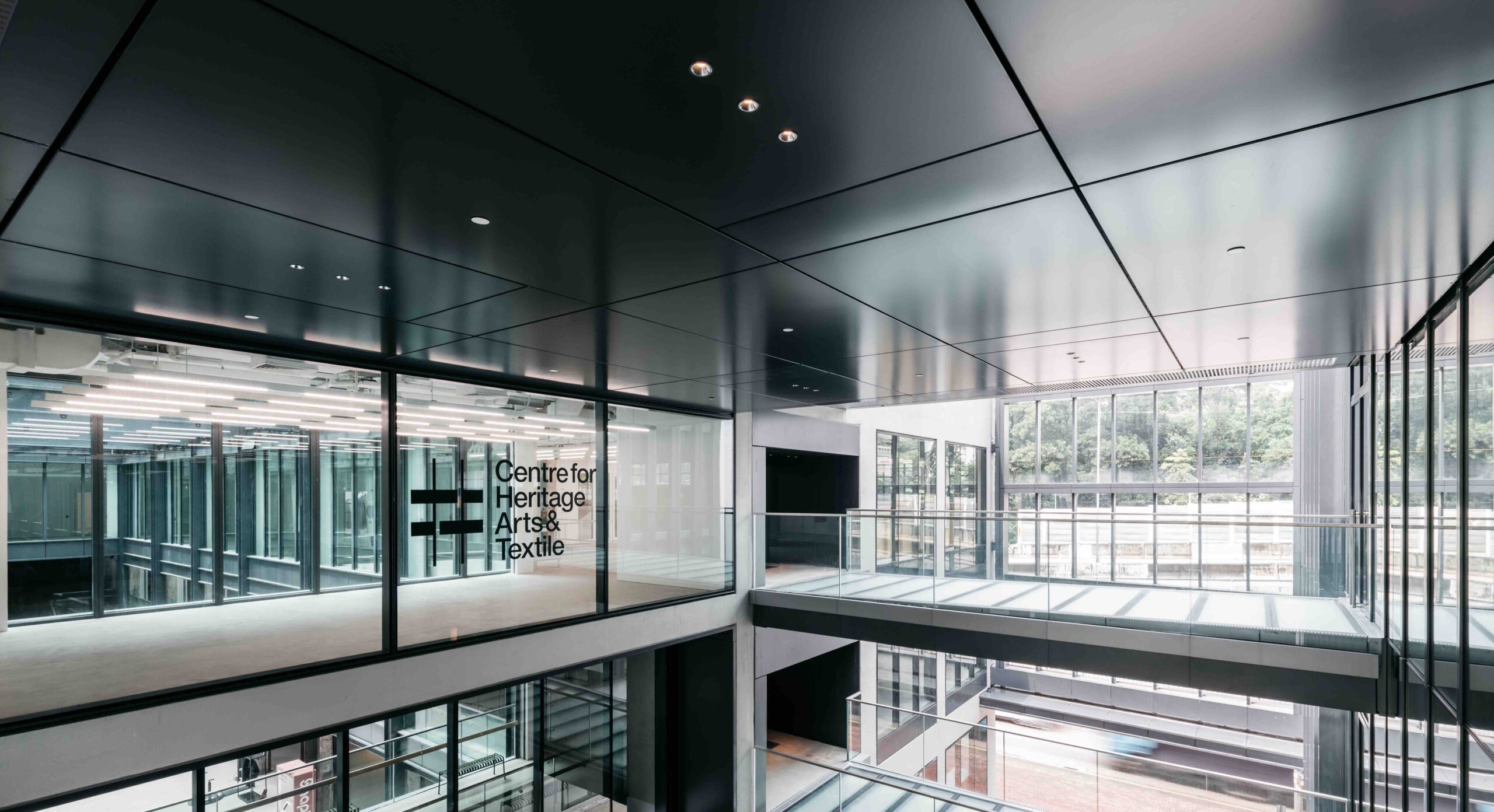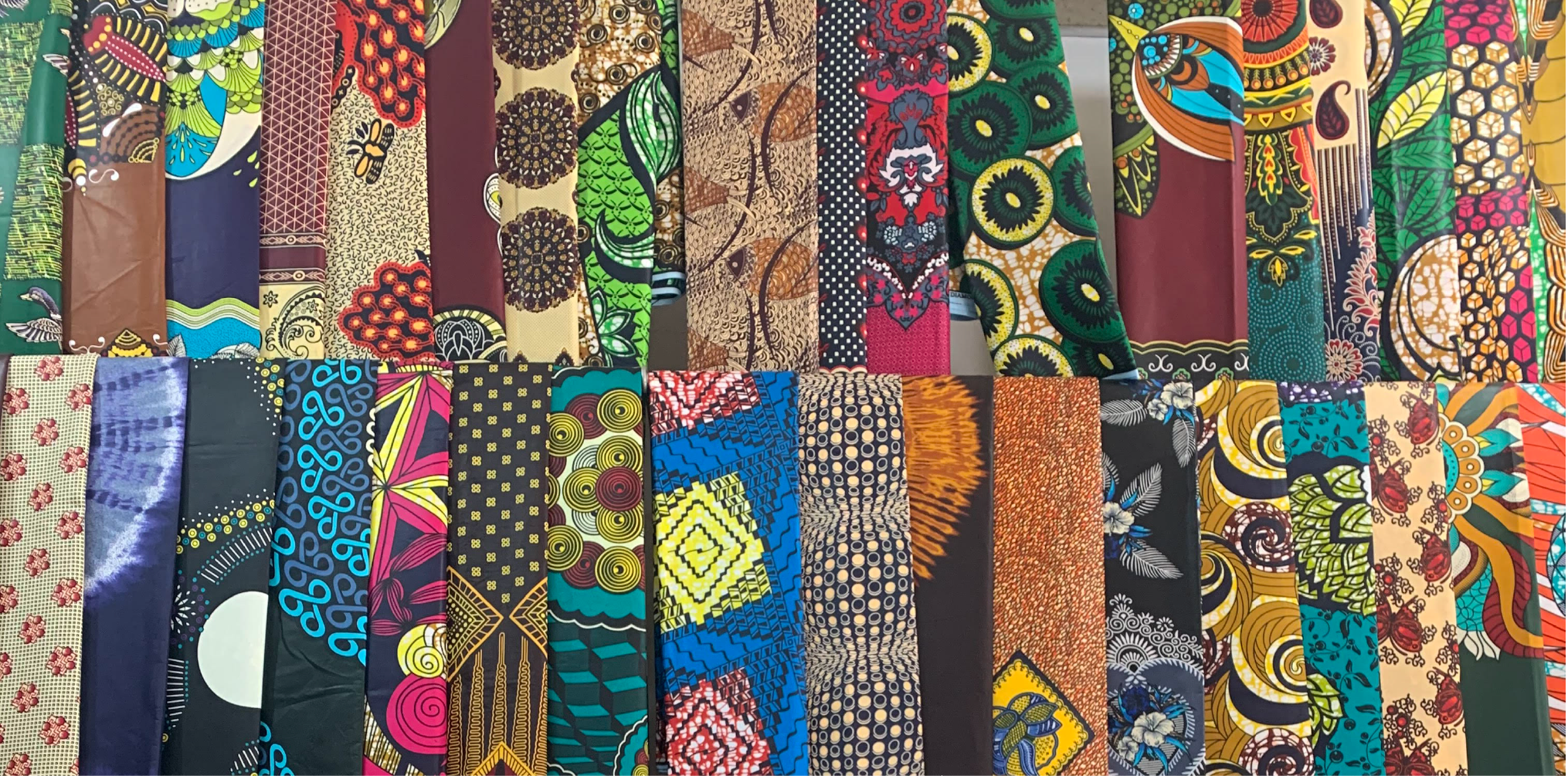
From my reading over the last three weeks, I have found three examples of ‘organizational’ approaches to curating that interest me. First, the Museum of Contemporary Art Chicago, it is different from the general art museum where the values of the past are enshrined. Instead it is a place where new ideas are shown and tested. Likewise, it has been their approaches to exhibit new and experimental work in all media, paired with learning programs. In addition, here, the public can experience the work and ideas of living artists and understand the historical, social, and cultural context of the art of their time. Similarly, The Museum engages audiences of today and tomorrow, working closely with our community to create space for dialogue and learning. At the same time, this reminds me of learning organization, Senge’s (1990) appeal: “learning organizations will, increasingly, be localized organizations, extending the maximum degree of authority and power as far from the top or corporate centre as possible”. so, the Museum use that conception to gather artists and audience to explore contemporary artworks.

Second, Priyesh Mistry summarises a panel convened by Nada Raza, Research Curator, Tate Research Centre: Asia, at Tate Britain on 7 December 2016. Grant Watson and Sunil Gupta discuss their curatorial practice through the lens of alternative models of organization at Tate Modern Gallery. This curatorial approach is based on an international network model through friendship, and can come together to form international networks of friendship and shared solidarity. They have developed, through friendship and research, to produce curatorial projects that have challenged the Western institutional structures that they inhabit. In addition, I have read artist Celine Condorelli recently wrote Friendship is a fundamental aspect of personal support, a condition of doing things together that deserves substantial attention…Friendship, like support, I realized curating works could be undertaken based upon notions of friendships formed between fields.



I want to talk about another arts organization. Centre for Heritage, Arts and Textile (CHAT) in Hong Kong. CHAT (Centre for Heritage, Arts and Textile) is a part of the heritage conservation project of The Mills, the former cotton-spinning mills of Nan Fung Textiles in Tsuen Wan. Through its multifaceted curated programmes, which include exhibitions and co-learning programmes, CHAT aims to be an art centre that weaves creative experiences for all. In addition, founded in 2015, MILL6 Foundation (MILL6) is a non-profit arts and cultural organization in Hong Kong.
Takahashi Mizuki is executive Director and Chief Curator and Centre for Heritage, Arts and Textile. I found that through the exhibition and event programmes at CHAT, Takahashi highlights the key role of craftsmanship and labour in textiles. CHAT created the ‘Conservation Project’, which focuses on the history of textile mills in Hong Kong; although there are no more textile factories in Hong Kong now, the project presents the textile culture, history, heritage and art. On the other side, it creates an ecological concept of community. For example, workshops, participation, activity centres, non-profit and artists. I realised that this organisation represents the individual to the community level and provides many platforms.


https://thamesandhudson.com/curatorial-activism-9780500239704
‘curatorial activism’
For the organisational report SHU Rui is interested in roles and relationships within organisations. This includes looking at the roles between artists, curators and audiences – where they are distinct, and where they overlap. Looking at examples of creative learning programmes, programmes that focus on local cultures and heritage, and approaches that prioritise friendship and network-building. Examples: Museum of Contemporary Art, Chicago, Tate Modern Gallery and Centre for Heritage, Arts and Textiles.
Rachael has recommended looking at the teams/staff and organisational structure in these examples, and further researching how they work with stakeholders.
Rachael sending examples of organisations that are rurally based (how artworkers work with audiences in this context):
https://www.grizedale.org
https://thestove.org
https://www.art-gene.co.uk
SHU Rui will create ‘Categories’ on WordPress blog:
– Seminars
– Programme Meetings
– Organisational Report